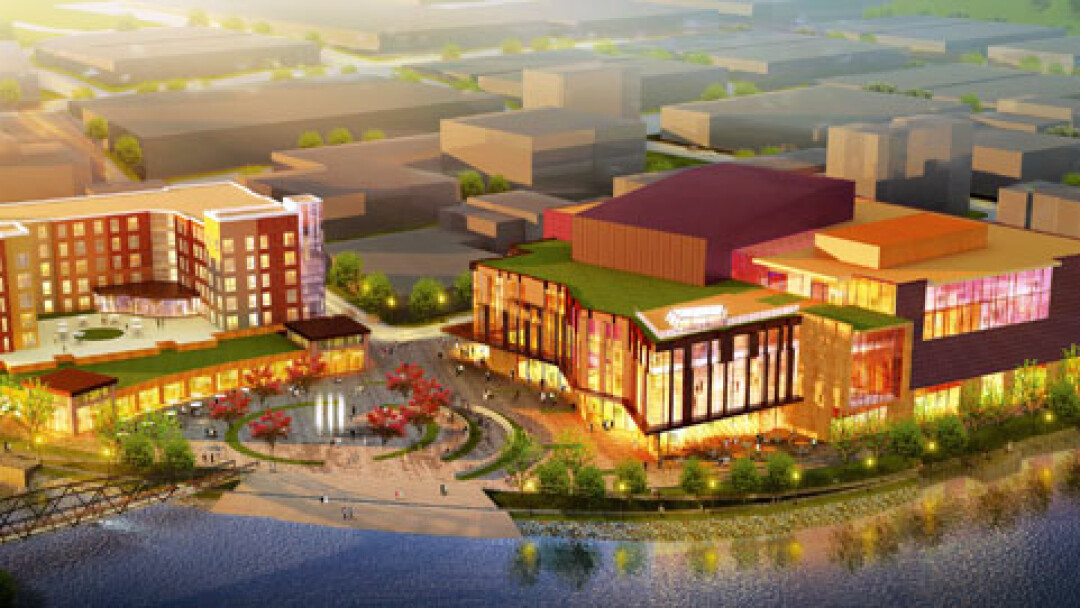Let's Have Fun(ds)
the path to funding amitious river-based initiatives

We aren’t the only city to attempt a massive overhaul of our waterways. We’re also not the only city that’s had to get creative about how to fund these big ideas. The formula for success is to be slow, steady, and persistent.
We can look as close as La Crosse for an example of what can be done. The city’s Riverside Park project, which included a walkway and boating access, was funded by a 50-50 cost share through the DNR’s Recreational Boating Grant Program. In fact, not only do projects need the approval of the DNR, but also often employ their funding.
“We’re always happy to work with the city on these things,” said DNR Government Outreach Leader Bruce Neeb, adding that most programs are 50-50 cost share or better. “And the great thing is, when they apply, we look at the applications and we figure out what categories fit best for the project and help secure funds for them.”
That’s just one of the many competitive grants the city can apply for through the DNR, and the DNR isn’t the only option for seeking funds, either. The Department of Transportation has an enhancement program to help fund trail extensions and Xcel Energy has some funds to help with invasive species and water quality efforts.
The Waterways Plan mentions the city of Eau Claire likely applying for the Knowles-Nelson Stewardship program (the granddaddy of the DNR’s grant programs) that can assist with green spaces, trails, and park amenities, plus the River Protection program (to preserve/improve the ecosystem) and the Recreational Boating program (for landings/launches/piers/docks). The DNR also offers grants for education/outreach, sport fish restoration, land conservation, flood control, runoff management, site assessment, and urban forestry.
Because most state and federal funding programs require matching funds, the Waterways Plan mentions taxpayers, bonds, TIF districting, private philanthropy, and local corporations/foundations as means to do so.
Funding of large-scale projects like these is the reason they take so long to come to fruition, but if private investments come forward (as they did for Phoenix Park) it immediately moves up the timeline. But as Economic Development Director Mike Schatz reminds us, “These things take time; it’s not an overnight process.”




















